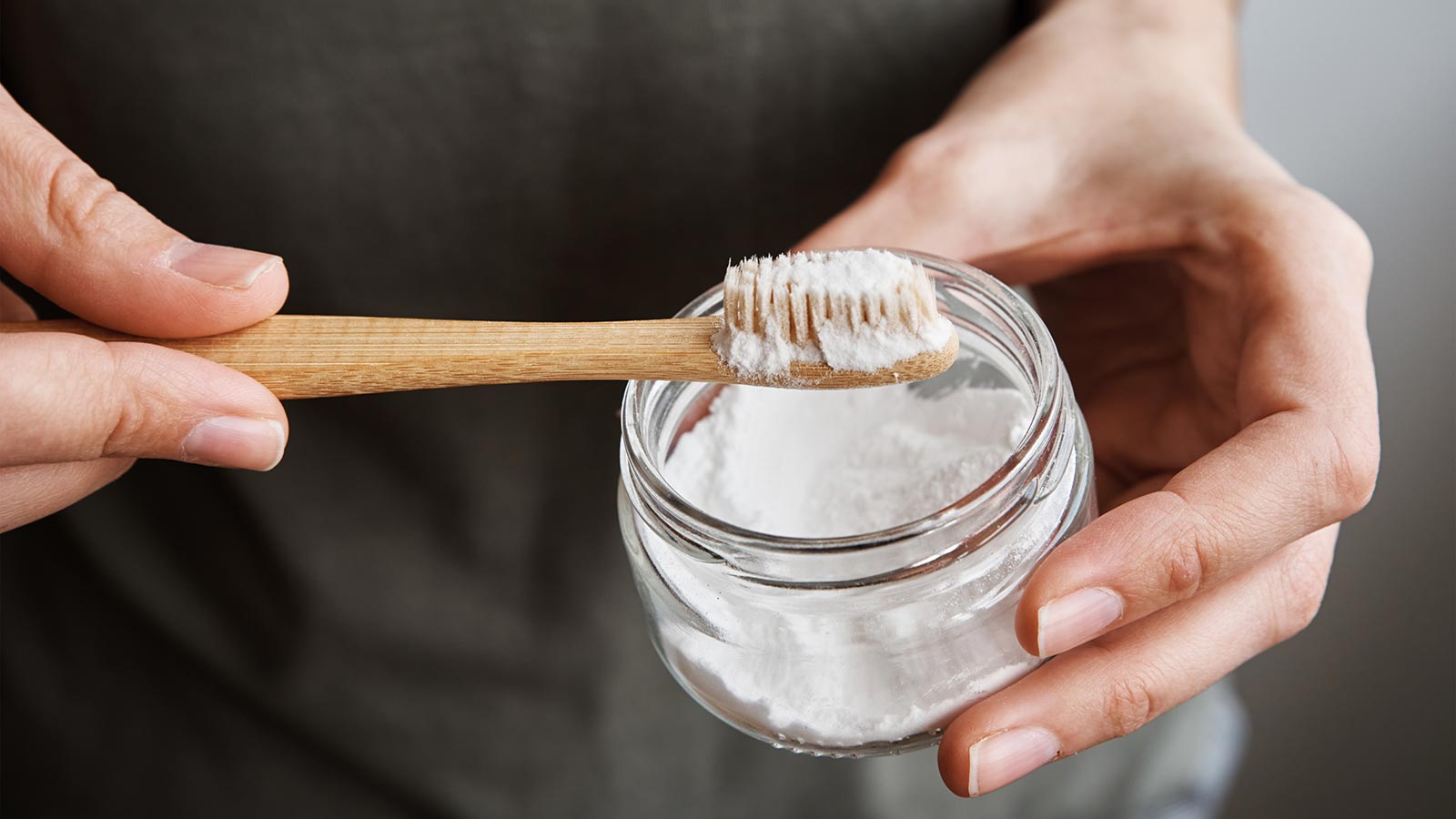
Many people searching for ways to brighten their smile often ask, does baking soda whiten teeth? Brushing teeth with baking soda has long been a popular method thanks to its potential cleaning and whitening benefits. However, it’s important to review current research and expert advice to understand its effectiveness and safety.
The history and popularity of baking soda in oral care
Baking soda (sodium bicarbonate) has been used in oral hygiene for centuries. Before commercial toothpastes were widely available, people often relied on natural abrasives like baking soda and charcoal to clean their teeth. Over time, its use has persisted due to its affordability, availability, and perceived benefits. While modern toothpaste formulations now include fluoride and other beneficial ingredients, baking soda remains a popular alternative or supplement for oral care.
Effectiveness in plaque removal and periodontal health
Scientific research supports the efficacy of baking soda in reducing plaque and improving periodontal health. For example, a study published in the Journal of the American Dental Association (JADA) found that baking soda-based toothpastes were significantly more effective in plaque removal compared to non-baking soda-containing ones. The study also highlighted a dose-response relationship, meaning higher concentrations of baking soda led to greater plaque reduction.
Plaque buildup is one of the primary contributors to cavities and gum disease. The mild abrasiveness of baking soda helps to physically remove plaque without causing excessive enamel wear. Additionally, its alkaline nature helps neutralize acids in the mouth, reducing the risk of enamel demineralization.
Stain removal and whitening
One of the most common reasons people use baking soda for oral care is its potential whitening effect. Surface stains caused by coffee, tea, and tobacco use can be effectively removed with baking soda. Clinical studies have shown that baking soda-based toothpaste is more effective in stain removal and whitening than some non–baking soda-containing products. This is due to baking soda’s ability to break down stains without causing significant enamel abrasion. However, it is essential to manage expectations. While baking soda can help remove surface stains, it does not change the intrinsic color of teeth the way professional whitening treatments or peroxide-based products can.
Safety and abrasiveness concerns
A major concern with abrasive agents in toothpaste is the potential for enamel erosion. However, research indicates that baking soda is a low-abrasive substance, making it safe for daily use. The Journal of the American Dental Association reported that baking soda toothpaste provides a measure of safety to enamel and dentin, even with vigorous brushing, due to their low abrasiveness.
While baking soda is considered gentle compared to many commercial whitening toothpastes, improper use — such as brushing too aggressively or using it in combination with other abrasives — could still lead to enamel wear over time.
Recommendations from health authorities
The Centers for Disease Control and Prevention (CDC) recommends fluoride toothpaste as an essential part of daily oral care to help prevent cavities and strengthen enamel. Baking soda, while helpful for neutralizing acids and removing surface stains, does not provide fluoride on its own.
However, many toothpastes now combine both fluoride and baking soda in a single formula — making it easier to maintain oral health without needing separate products. These dual-benefit toothpastes offer the whitening and plaque-reducing power of baking soda along with the cavity-fighting benefits of fluoride, making them a practical, everyday option.
The American Dental Association (ADA) also supports the use of fluoride and considers it a key ingredient in preventing tooth decay. If you’re interested in using baking soda for whitening, opting for a fluoride-containing baking soda toothpaste is an effective and safe way to do so without compromising your enamel health.
Practical guidelines for safe use
To safely incorporate baking soda into your oral care routine, keep the following in mind:
- Choose a fluoride-containing baking soda toothpaste: These products offer a convenient, safe, and effective way to clean and whiten teeth while protecting against cavities.
- Avoid brushing with plain baking soda too often: While it’s a gentle abrasive, using it too frequently — especially without fluoride — may not offer enough cavity protection.
- Brush gently: Whether you’re using plain baking soda or a toothpaste that contains it, always use light pressure to avoid enamel wear.
- Don’t mix baking soda with acidic substances: Combining it with lemon juice or vinegar can increase the risk of enamel erosion.
- Talk to your dentist: Before making changes to your routine, especially if you have sensitive teeth or enamel concerns, consult a dental professional.
Incorporating baking soda into your oral hygiene routine can offer benefits such as plaque reduction and stain removal. However, it is crucial to use it appropriately and not as a substitute for fluoride toothpaste. While research supports its effectiveness and safety, moderation is key. Consulting with a dental professional before making significant changes to your oral care regimen is recommended to ensure optimal results and oral health longevity.
Sources and References:
JADA: Effect of Baking Soda in Dentifrices on Plaque Removal
JADA: Stain Removal and Whitening by Baking Soda Dentifrice
JADA: Baking Soda as an Abrasive in Toothpastes
JADA: Baking Soda Dentifrices and Oral Health
Centers for Disease Control and Prevention (CDC)
American Dental Association (ADA)
Want the latest & greatest from our health blog straight to your inbox?
Subscribe today for a periodic email with our latest posts.

